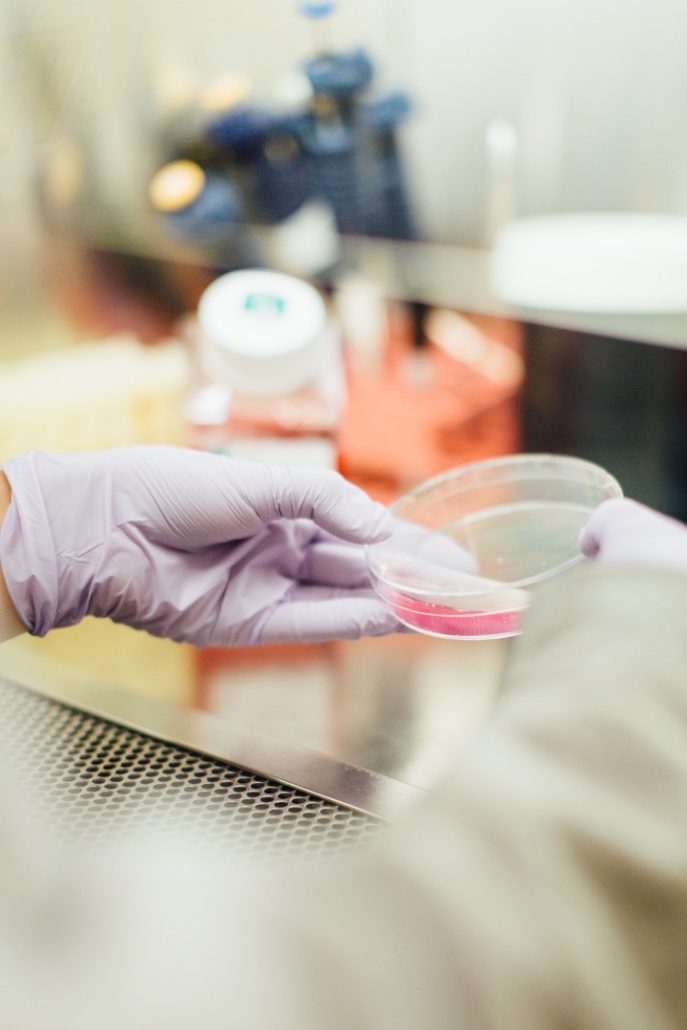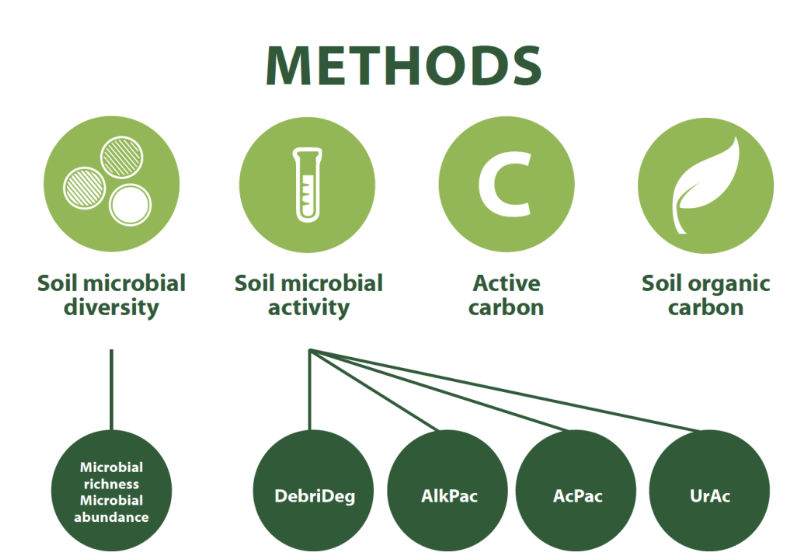
ITEST™
MICROLIFE
MICROLIFE™ RESEARCH CENTRE
The MICROLIFE™ RESEARCH CENTRE is Agri Technovation’s microbiological laboratory and is located in Wellington, South Africa. This laboratory has the required means and expertise to measure agricultural soil health, as well as microbial activity and diversity present in the soil through the ITEST™MICROLIFE analysis.
The concept of soil health is well known in the agricultural industry. The true challenge lies in measuring the soil health and then, providing practical and scientific recommendations based on the measurement, for the purpose of improving soil health.

Soil microbes perform many important functions in the soil to the benefit of the plant. These microbial functions contribute to soil fertility and health and include nutrient re-circulation, aggregate formation, resistance against soil pathogens, water infiltration rate, and others. Microbes are therefore very valuable indicators of soil health.
By studying the activity and functions of soil microbes, valuable information regarding the health of the soil can be obtained. Our ITEST™MICROLIFE analysis enables us to do this.
Although soil microbes fulfil multiple functions in the soil, the ITEST™MICROLIFE analysis focuses primarily on those functions that significantly impact and contribute to improve the nutrient uptake by a plant through its roots. A holistic approach (analysis of several functions) is therefore followed for the exclusive purpose to improve root health and to bring about improved nutrient uptake.
In addition to soil health, the majority of nematodes play a vital role in nutrient cycling and soil fertility and health. In contrast, some nematodes and other soil-borne pathogens negatively affect plant growth and yields. Both types of nematodes and various soil-borne pathogens such as Phytophthora, Pythium, Rhizoctonia and Fusarium can be analysed.
Producers can use these tests to measure the impact of specific agricultural practices and products on the activity and diversity of the soil microbes. Based on these results, scientific and informed recommendations can be made, ultimately to improve soil health as well as plant growth and yields.
The ITEST™MICROLIFE analysis is based on three pillars and includes eight different analyses.
The three pillars are:
a. Organic fraction present in the soil;
b. Microbial activity occurring in the soil (such as the mineralisation of carbon, phosphorous and nitrogen); and
c. The microbial diversity (species richness and abundance).

